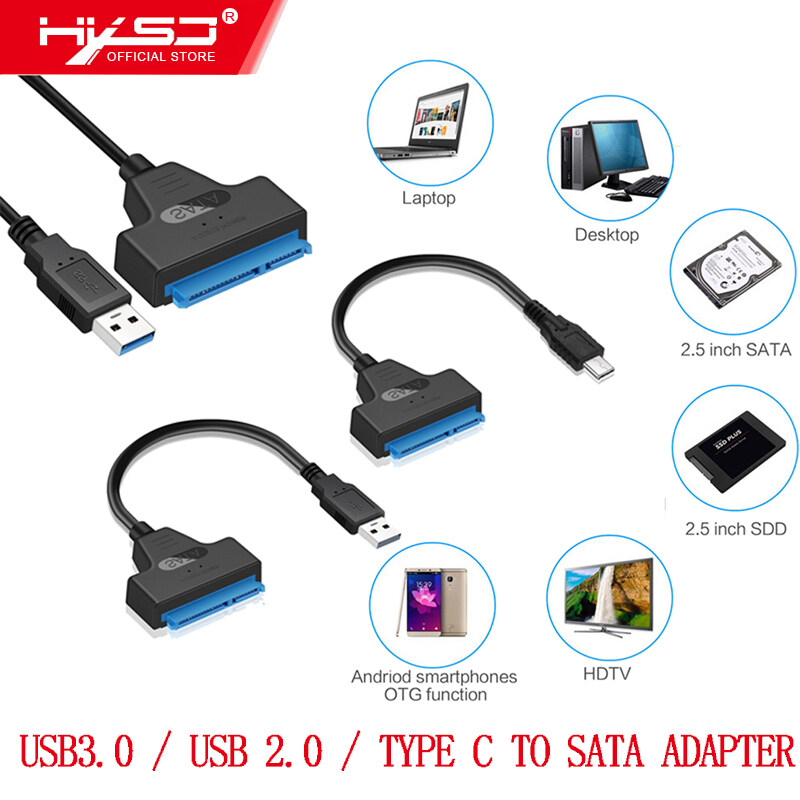
That holds the signal line high until a device on the wire sinks enough current to pull the line low. Thus, if any one of the open-drain (open-collector) devices is set to sink current, current flow for all of the devices gets sunk to the ground, since they are all connected at the same point. The pull-up resistor is connected to high (supply voltage) at one end and connected to one or more external pins of the open-drain/-collector devices all connected together. It is fairly common to use open-drains (open-collectors) together with a pull-up resistor. Open-collector and -drain devices sink current when controlled to one state and have no current flow (i.e., output a high impedance state) in the other state.

In both cases, the main point in the term open drain or collector is that part of the output transistor is directly brought out to a pin that is external to the IC package. Both a current source and a current sink have current flowing but in different directions. The transistor will switch to ground when it’s active, thus “sinking” current (i.e., connecting to ground and thus current is shunted to ground for “recycling” in the ground plane). If an NPN transistor is left unconnected, or open but connected to an external pin, it’s an open collector.

The term “open collector” refers to a current sink on a transistor output. (A MOSFET is like a transistor that can handle higher voltages but operates in much the same way.)

The term “open drain” means there’s a current sink, but on a FET device, for example, a MOSFET. Figure 1: Open drain means the same as open collector, the exception being the type of device (FET device or BJT/bipolar transistor). ( Figure 1.) If the IC output is flowing into the base, it will switch on a flow of current through the transistor (i.e., the transistor switch is “ON.”) If there’s no flow or too little flow through IC output to control the transistor, then there is no current flow through the transistor (i.e., the transistor switch is “OFF.”) In this way, transistors control the flow of current and control voltage potentials throughout a circuit made up of hundreds to billions of transistors, depending on the IC. The thing that controls the transistor’s switching behavior is the base. Recall that a transistor is essentially an ON/OFF switch embedded in silicon. (Continuing the kitchen analogy, the current source would be the water spigot.) In this case, a current sink drains current.) The opposite of a current sink is a “current source,” which is when the pin is driving an output current and therefore supplying current to whatever is connected to that pin. For those unfamiliar with the terminology, a “current sink” means that the current is flowing into the pin (or node, etc.), not out of the pin. If you are working with an integrated circuit (IC) and the datasheet mentions an open drain or open collector, that’s engineering speak for a current sink on an output pin.


 0 kommentar(er)
0 kommentar(er)
